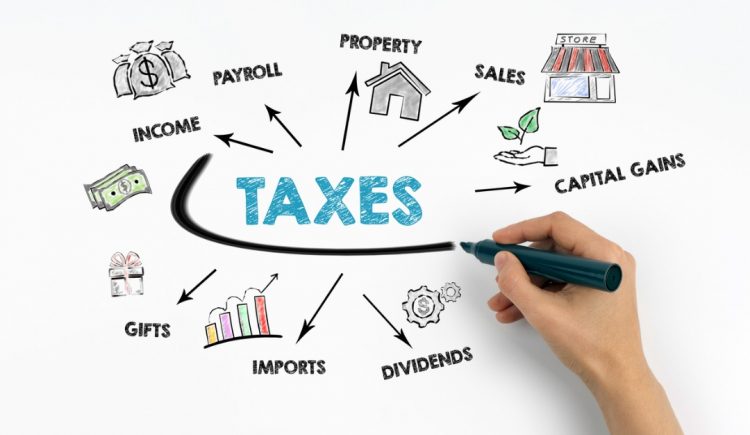It’s that time of year again when harried Americans are gathering tax forms, digging up receipts and dreading what they may owe Uncle Sam this year—or dreaming about how they will spend their refund. Either way, you may find some diversion in a few of the facts behind the tax.
- You Can Blame Lincoln – Honest Abe is best known for ending slavery, but the Civil War came at a cost—Lincoln paid the bill in part by instituting the first national income tax, a flat 3% for any American earning more than $800 a year (about $18,000 in today’s money.) The Revenue Tax Act of 1964, which turned out to be fairly tough to collect on, did withstand a Supreme Court Challenge but was repealed by Congress in 1872.
- It Moved in to Stay – The plan for more efficient national taxation bobbled around for a while in various iterations, but the 16th Amendment made it official in 1913. In its first year, fewer than 1% of Americans paid an income tax at the rate of about 1% of income.
- Don’t Try to Read the Tax Code – After more than 100 years of changes and amendments, today’s Federal Tax Code is ginormous—more than 2.5 million words in length (the average book is less than 100,000 words) and about five times longer than it was when it began in 1916.
- You are More Apt to Get a Refund Than Not – The IRS received more than 152,000 tax returns last year, for example, and issued about 103 million refunds. The average refund was $2,741.
- It All Depends on Where You Live – People in most states pay both a federal income tax and a state income tax. Most states charge between 3-6%. But a few states, like California, Hawaii and New Jersey, make some residents fork over double-digit state tax rates. On the other end of the scale, seven states—Alaska, Florida, Nevada, South Dakota, Texas, Washington and Wyoming—levy no state taxes at all, while two others—Tennessee and New Hampshire—tax only your investment income.











